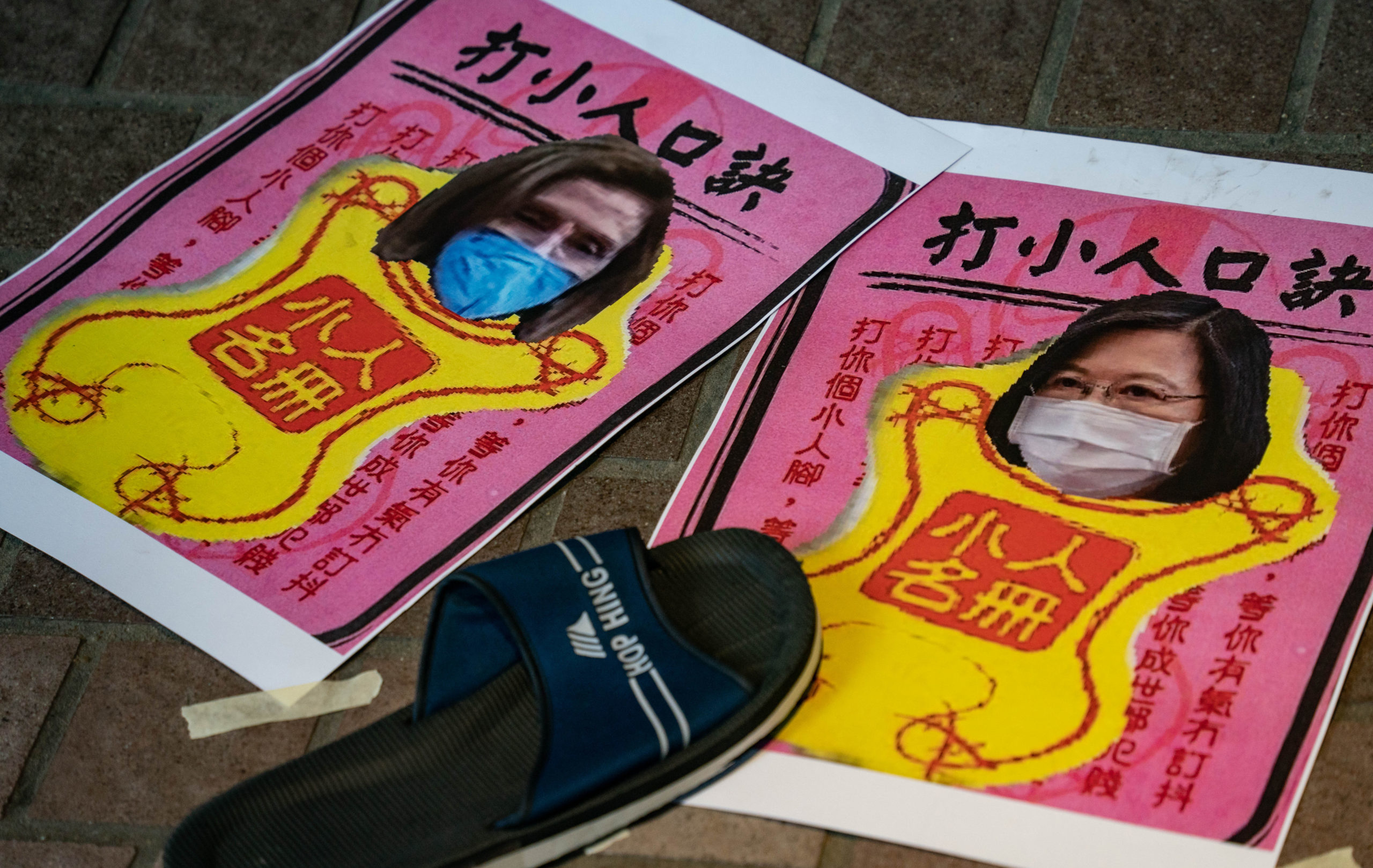Foreign Affairs
A Clash of Competing Nationalisms in Taiwan
A change of power in Taipei in 2024 could mean a “conservative” party that seeks better ties with the PRC.

(Photo by Anthony Kwan/Getty Images)
Imagine if a high-profile American politician, such as the speaker of the House, traveled to Taipei, met with the political leaders of the island, and … nothing happened. The People’s Republic of China did not visibly react, the Taiwanese leadership sought to downplay the emphasis on autonomy from the Chinese mainland, and visits on the official’s itinerary included monuments to the island’s past authoritarian leaders, highlighting hopes of eventual cross-strait reconciliation.
While dramatically different from Nancy Pelosi’s visit to the Taiwan Strait this past summer, such a scenario is not unthinkable.
Comments